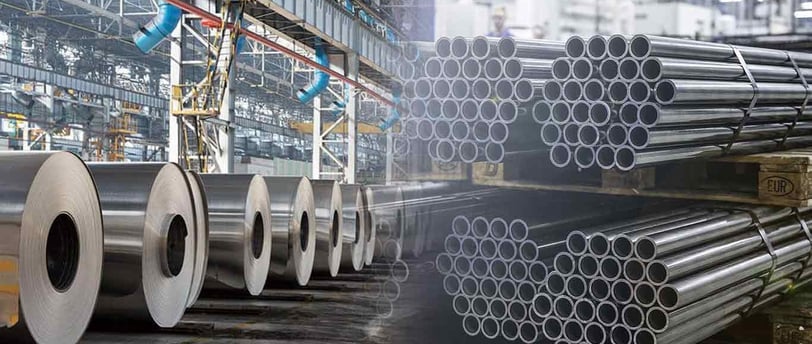Add your promotional text...
Aluminum Prices Slip Below $2,600: Understanding the Winter Market Dynamics
Synopsis: Aluminum prices have fallen below $2,600 per metric ton amid soaring production levels in China and the typical seasonal drop in demand during winter. With Chinese output reaching record highs and global market participants reacting to lower construction activity, aluminum’s short-term trajectory faces dual pressures.
COMMODITIES
By Ekta Mani
12/17/20243 min read


Aluminum Market Under Pressure: What’s Happening?
Global aluminum prices have seen a notable dip, breaching the $2,600 per metric ton mark. This decline is driven by a combination of factors: increased aluminum production in China, the world’s largest producer, and an anticipated seasonal reduction in demand during the colder months.
The three-month aluminum contract on the London Metal Exchange (LME) recently dropped 1.2% to settle at $2,533.50 per ton, reflecting the growing imbalance between supply and demand.
China’s Record Production Levels
China continues to dominate the global aluminum market, and its recent production numbers have set new benchmarks. According to official data, Chinese aluminum production hit 3.71 million metric tons last month.
Annualized Production Forecast
If this level of output persists, China’s annualized production could reach a staggering 45.3 million metric tons, further solidifying its position as the world’s top producer.
Implications for Global Markets
Oversupply Concerns: The surge in Chinese production has raised concerns about a potential glut in the market, putting downward pressure on global aluminum prices.
Competitive Pricing: With increased output, Chinese aluminum producers may continue to offer competitive pricing, challenging producers in other regions.
Seasonal Demand Dip: A Recurring Trend
The winter months often bring a slowdown in aluminum demand, particularly in industries like construction, which heavily rely on the metal.
Key Factors Impacting Demand
Reduced Construction Activity: Cold weather typically delays or halts construction projects, leading to lower aluminum consumption.
Inventory Build-up: Producers and buyers may delay purchases or production, anticipating better pricing during the spring or summer months.
Price Movements on the London Metal Exchange
The LME three-month aluminum contract has been a barometer of these market dynamics, reflecting the growing pressures of supply and demand.
Current Price: $2,533.50 per ton
Price Change: Down 1.2%
Why the Decline?
Market participants are factoring in:
Record-high production levels in China.
Seasonal patterns pointing to reduced short-term demand.
Concerns over oversupply in the coming months.
The Bigger Picture: Aluminum’s Role in Global Markets
Aluminum remains a vital commodity, used across industries ranging from construction and transportation to packaging and renewable energy. While short-term fluctuations are driven by seasonal and regional factors, the long-term outlook for aluminum is underpinned by its increasing role in:
Green Technologies: Lightweight and recyclable, aluminum is a key material in electric vehicles (EVs) and solar panels.
Urbanization: As developing economies grow, demand for aluminum in infrastructure projects is expected to rise.
What Analysts Are Saying
ING Analysts have highlighted the significance of China’s production surge in shaping global aluminum markets. They note that the record output levels are likely to weigh on prices in the near term, especially given the coinciding seasonal slowdown in demand.
Potential Scenarios
Supply-Demand Imbalance Persists: If Chinese production continues at current levels, aluminum prices could face prolonged downward pressure.
Rebound in Spring: As demand picks up post-winter, prices could stabilize or recover, depending on inventory levels and production adjustments.
Key Takeaways for Stakeholders
Producers:
Monitor Chinese production trends closely.
Consider adjusting output to avoid oversupply.
Investors:
Short-term aluminum prices may remain volatile.
Long-term opportunities exist in green technology and infrastructure sectors.
Buyers:
Lower prices may present an opportunity for strategic procurement.
Anticipate potential price rebounds as demand improves post-winter.
Looking Ahead: Will Prices Stabilize?
While the current downturn reflects immediate market pressures, the long-term fundamentals of aluminum remain strong. Factors like sustainable production, technological advancements, and growing demand from emerging economies could support price recovery in the medium to long term.
For now, stakeholders across the value chain should remain vigilant, adapting to the evolving market conditions and preparing for potential shifts as the seasons change.
Disclaimer:
This article is for informational purposes only and does not constitute financial advice. Always consult market experts and analysts before making investment or business decisions related to commodities.
